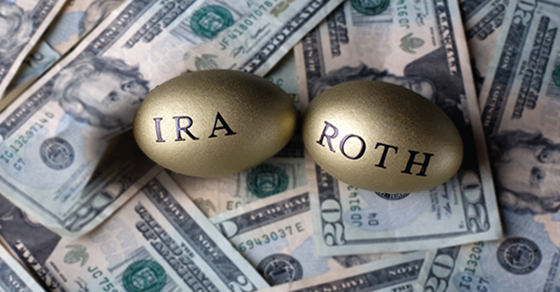The tax implications of renting out a vacation home
Many Americans own a vacation home or aspire to purchase one. If you own a second home in a waterfront community, in the mountains, or in a resort...
2 min read
 Scott Henvey
:
Apr 16, 2024 4:02:03 PM
Scott Henvey
:
Apr 16, 2024 4:02:03 PM

If you’re buying a new home, you may have thought about keeping your current home and renting it out. In March, average rents for one- and two-bedroom residences were $1,487 and $1,847, respectively, according to the latest Zumper National Rent Report.
In some parts of the country, rents are much higher or lower than the averages. The most expensive locations to rent a one-bedroom place were New York City ($4,200); Jersey City, New Jersey ($3,260); San Francisco ($2,900); Boston ($2,850) and Miami ($2,710). The least expensive one-bedroom locations were Wichita, Kansas ($690); Akron, Ohio ($760); Shreveport, Louisiana ($770); Lincoln, Nebraska ($840) and Oklahoma City ($860).
Becoming a landlord and renting out a residence comes with financial risks and rewards. However, you also should know that it carries potential tax benefits and pitfalls.
You’re generally treated as a real estate landlord once you begin renting your home. That means you must report rental income on your tax return, but also are entitled to offsetting landlord deductions for the money you spend on utilities, operating expenses, incidental repairs and maintenance (for example, fixing a leaky roof). Additionally, you can claim depreciation deductions for the home. And you can fully offset rental income with otherwise allowable landlord deductions.
Passive activity rules
However, under the passive activity loss (PAL) rules, you may not be able to currently claim the rent-related deductions that exceed your rental income unless an exception applies. Under the most widely applicable exception, the PAL rules won’t affect your converted property for a tax year in which your adjusted gross income doesn’t exceed $100,000, you actively participate in running the home-rental business, and your losses from all rental real estate activities in which you actively participate don’t exceed $25,000.
You should also be aware that potential tax pitfalls may arise from renting your residence. Unless your rentals are strictly temporary and are made necessary by adverse market conditions, you could forfeit an important tax break for home sellers if you finally sell the home at a profit. In general, you can escape tax on up to $250,000 ($500,000 for married couples filing jointly) of gain on the sale of your principal home. However, this tax-free treatment is conditioned on your having used the residence as your principal residence for at least two of the five years preceding the sale. So renting your home out for an extended time could jeopardize a big tax break.
Even if you don’t rent out your home long enough to jeopardize the principal residence exclusion, the tax break you would get on the sale (the $250,000/$500,000 exclusion) won’t apply to:
A maximum tax rate of 25% will apply to this gain (attributable to depreciation deductions).
Selling at a loss
What if you bought at the height of a market and ultimately sell at a loss? In such situations, the loss is available for tax purposes only if you can establish that the home was in fact converted permanently into income-producing property. Here, a longer lease period helps. However, if you’re in this situation, be aware that you may not wind up with much of a loss for tax purposes. That’s because basis (the cost for tax purposes) is equal to the lesser of actual cost or the property’s fair market value when it’s converted to rental property. So if a home was purchased for $300,000, converted to a rental when it’s worth $250,000, and ultimately sold for $225,000, the loss would be only $25,000.
The question of whether to turn a home into rental property is complicated. We can help you make a decision.
© 2024

Many Americans own a vacation home or aspire to purchase one. If you own a second home in a waterfront community, in the mountains, or in a resort...

Did you donate to charity last year? Acknowledgment letters from the charities you gave to may have already shown up in your mailbox. But if you...

Although traditional IRAs and Roth IRAs have been around for decades, the rules involved have changed many times. The Secure 2.0 law, which was...